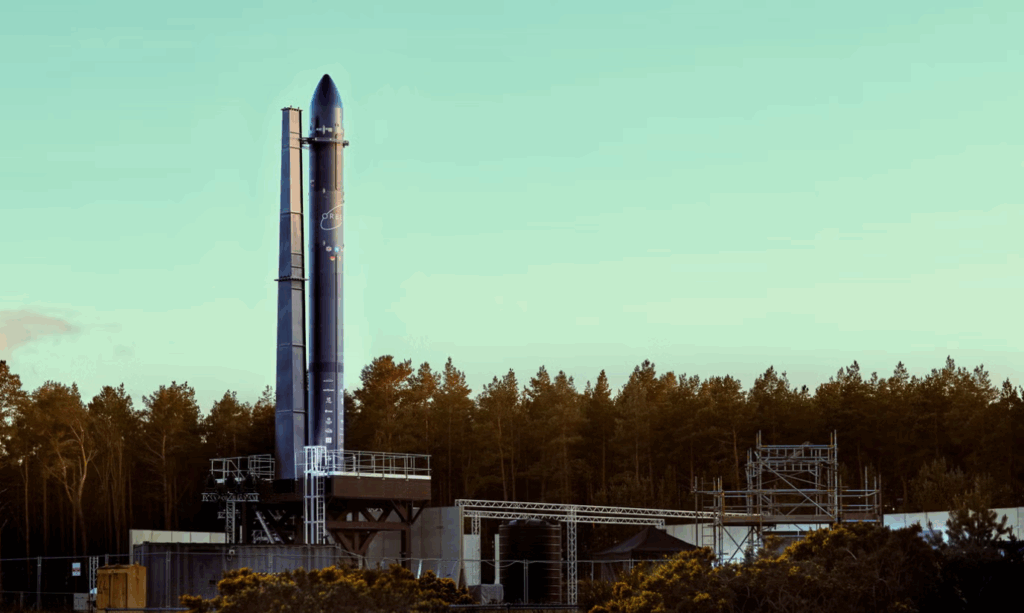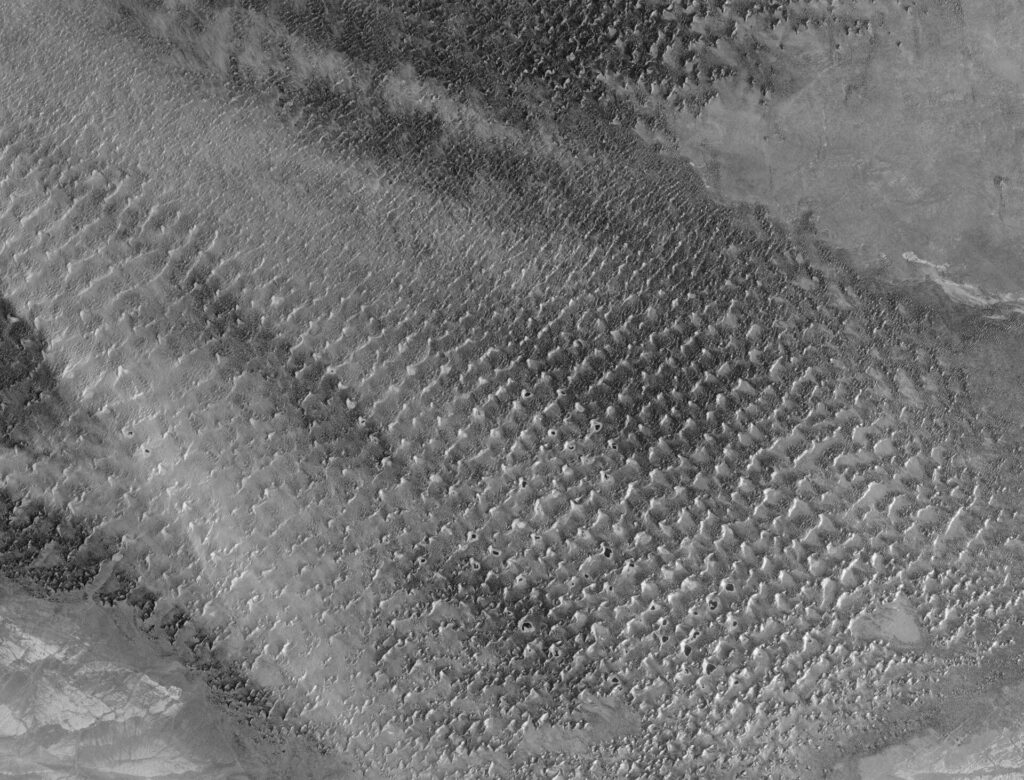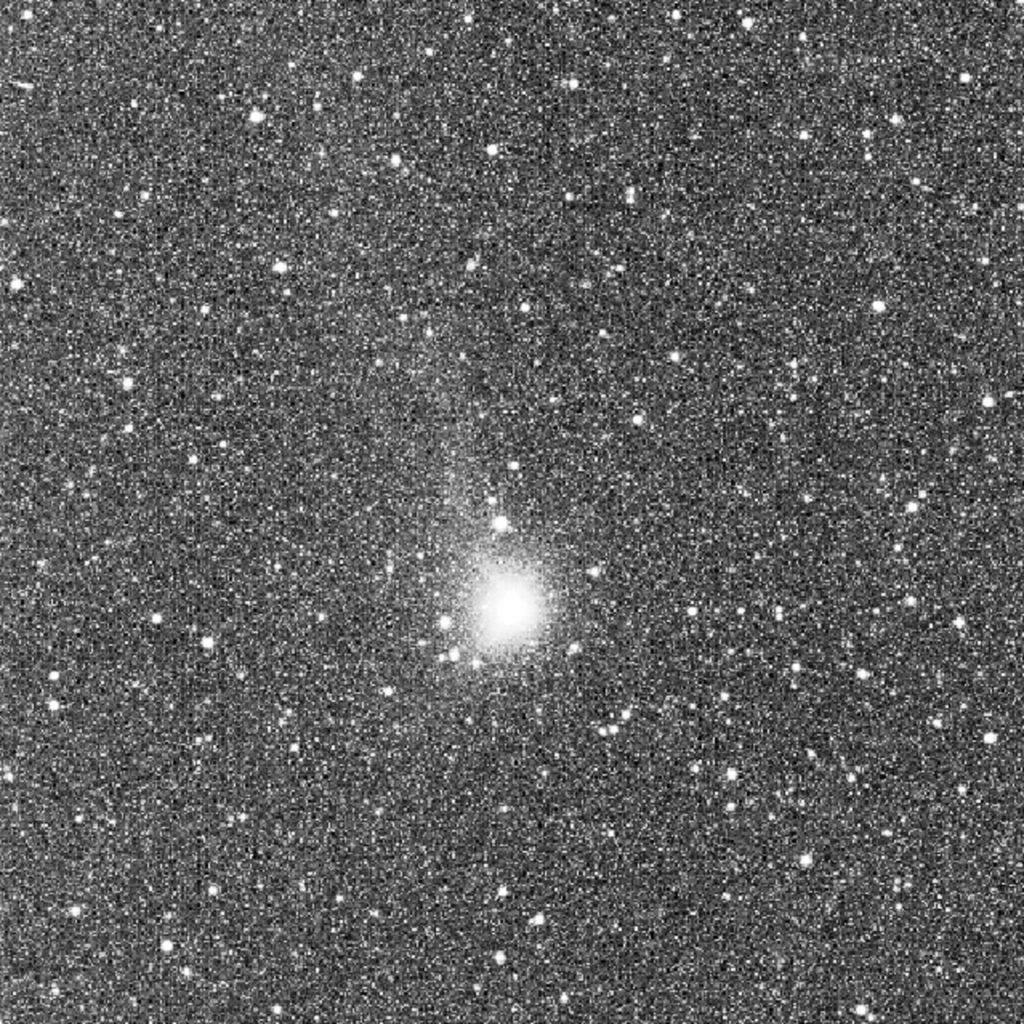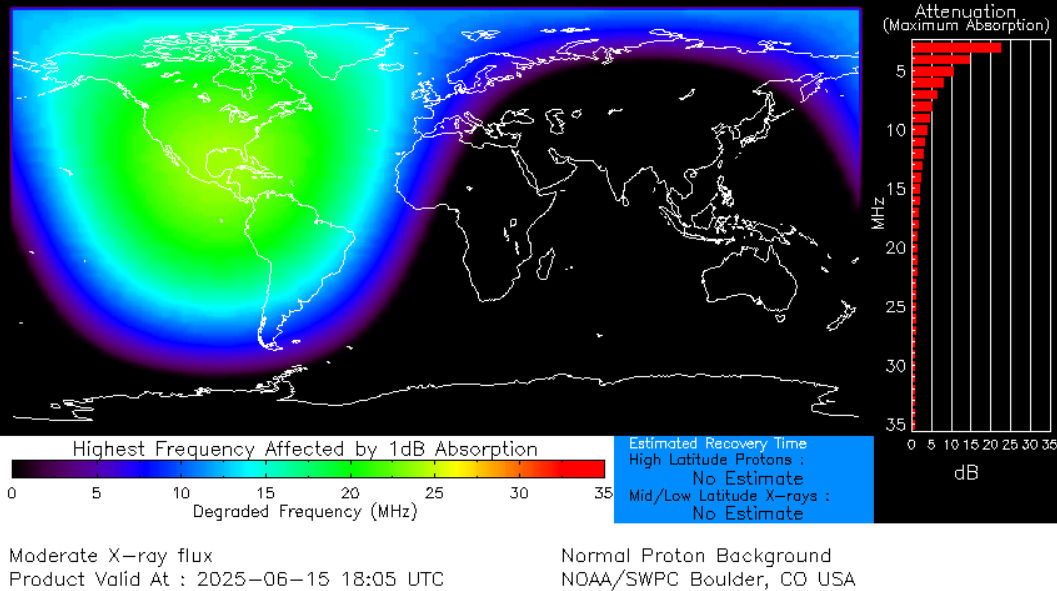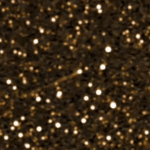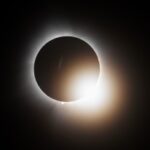Now Reading: Proba-3’s first artificial solar eclipse
-
01
Proba-3’s first artificial solar eclipse
Proba-3’s first artificial solar eclipse
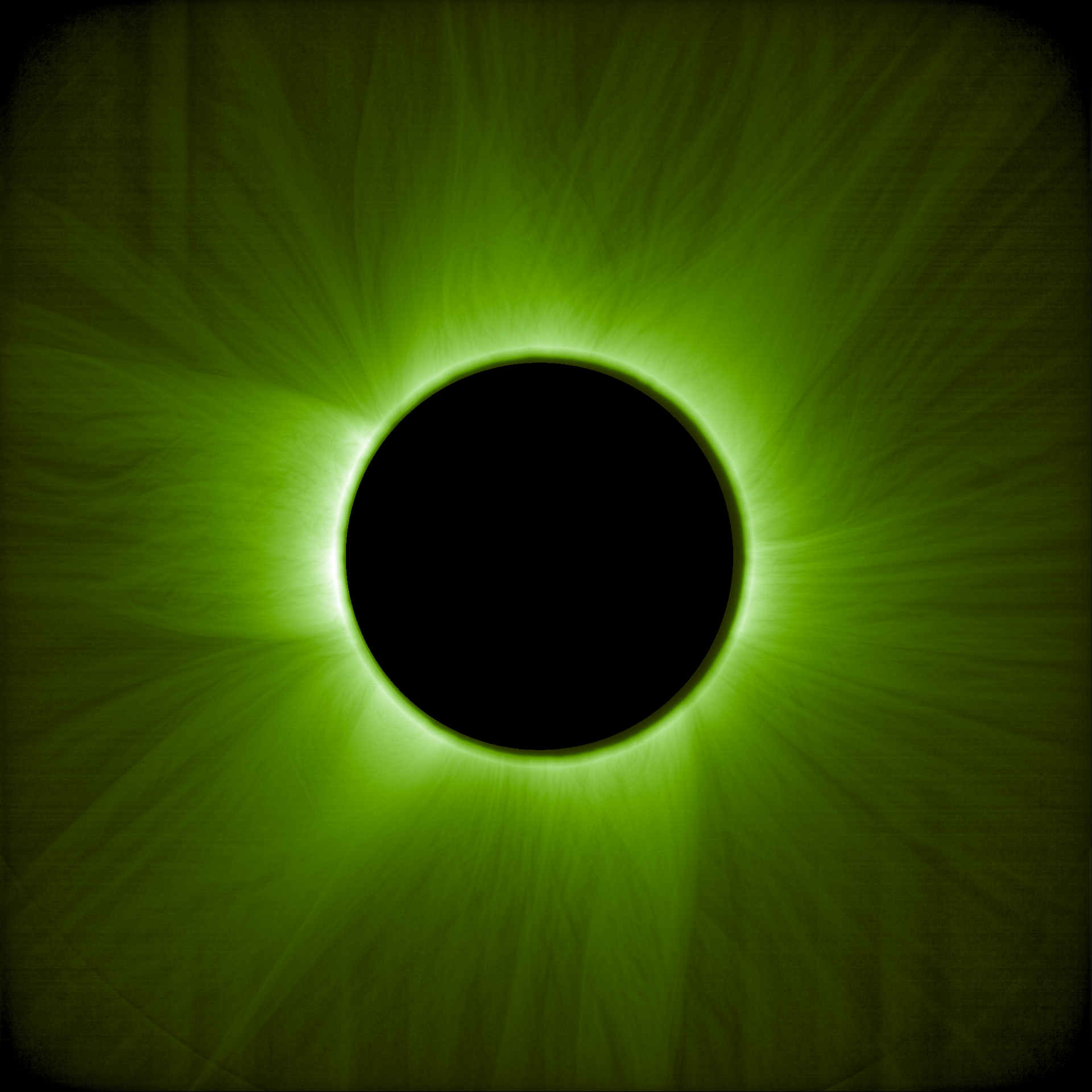

16/06/2025
2339 views
23 likes
Today, the European Space Agency’s Proba-3 mission unveils its first images of the Sun’s outer atmosphere – the solar corona. The mission’s two satellites, able to fly as a single spacecraft thanks to a suite of onboard positioning technologies, have succeeded in creating their first ‘artificial total solar eclipse’ in orbit. The resulting coronal images demonstrate the potential of formation flying technologies, while delivering invaluable scientific data that will improve our understanding of the Sun and its enigmatic atmosphere.
Two spacecraft flying as one
This March, Proba-3 achieved what no other mission has before – its two spacecraft, the Coronagraph and the Occulter, flew 150 metres apart in perfect formation for several hours without any control from the ground.
While aligned, the pair maintain their relative position down to a single millimetre – an extraordinary feat enabled by a set of innovative navigation and positioning technologies.
Demonstrating the degree of precision achieved, the two spacecraft use their formation flying time to create artificial total solar eclipses in orbit – they align with the Sun so that the 1.4 m large disc carried by the Occulter spacecraft covers the bright disc of the Sun for the Coronagraph spacecraft, casting a shadow of 8 cm across onto its optical instrument, ASPIICS.
This instrument, short for Association of Spacecraft for Polarimetric and Imaging Investigation of the Corona of the Sun, was developed for ESA by an industrial consortium led by Centre Spatial de Liège, Belgium. When its 5 cm aperture is covered by the shadow, the instrument captures images of the solar corona uninterrupted by the Sun’s bright light.
Observing the corona is crucial for revealing solar wind, the continuous flow of matter from the Sun into outer space. It is also necessary for understanding the workings of coronal mass ejections (CMEs), explosions of particles sent out by the Sun almost every day, especially during high activity periods.
Such events can create stunning auroras in the night sky but also pose serious threats to modern technology. They can significantly disrupt communications, power transmission, and navigation systems on Earth, as they did in May 2024.
The coronal images resulting from the first rounds of ASPIICS’s observations offer a glimpse of the valuable data we can expect from this eclipse-making mission.
Dietmar Pilz, ESA Director of Technology, Engineering and Quality, comments: “Many of the technologies which allowed Proba-3 to perform precise formation flying have been developed through ESA’s General Support Technology Programme, as has the mission itself. It is exciting to see these stunning images validate our technologies in what is now the world’s first precision formation flying mission.”
The mysterious halo
The Sun’s fiery corona reaches temperatures above a million degrees Celsius, much hotter than the surface beneath it. This counterintuitive temperature difference has long been a topic in the scientific community.
Proba-3’s ASPIICS is tackling this mystery by studying the corona very close to the Sun’s surface. It can also see more detail, detecting fainter features than traditional coronagraphs thanks to a drastic reduction in how much ‘stray’ light reaches the detector.
Joe Zender, Proba-3 project scientist, adds: “Seeing the first data from ASPIICS is incredibly exciting. Together with the measurements made by another instrument on board, DARA, ASPIICS will contribute to unravelling long-lasting questions about our home star.”
The Digital Absolute Radiometer (DARA) will measure the total solar irradiance – exactly how much energy the Sun is putting out at any one time. A third scientific instrument on Proba-3, the 3D Energetic Electron Spectrometer (3DEES), will detect electrons in Earth’s radiation belts, measuring their direction of origin and energy levels.
How to create a solar eclipse
“I was absolutely thrilled to see the images, especially since we got them on the first try,” comments Andrei Zhukov, Principal Investigator for ASPIICS at the Royal Observatory of Belgium. “Now we are working on extending the observation time to six hours in every orbit.”
The images were processed by the ASPIICS Science Operations Centre (SOC) hosted by the Royal Observatory of Belgium. Here, a dedicated team of scientists and engineers creates operational commands for the coronagraph based on requests from the scientific community and shares the resulting observations.
Andrei explains: “Each full image – covering the area from the occulted Sun all the way to the edge of the field of view – is actually constructed from three images. The difference between those is only the exposure time, which determines how long the coronagraph’s aperture is exposed to light. Combining the three images gives us the full view of the corona.
“Our ‘artificial eclipse’ images are comparable with those taken during a natural eclipse. The difference is that we can create our eclipse once every 19.6-hour orbit, while total solar eclipses only occur naturally around once, very rarely twice a year. On top of that, natural total eclipses only last a few minutes, while Proba-3 can hold its artificial eclipse for up to 6 hours.”
Proba-3 mission manager Damien Galano notes: “Having two spacecraft form one giant coronagraph in space allowed us to capture the inner corona with very low levels of stray light in our observations, exactly as we expected.
“Although we are still in the commissioning phase, we have already achieved precise formation flying with unprecedented accuracy. This is what allowed us to capture the mission’s first images, which will no doubt be of high value to the scientific community.
“The formation flying we have achieved so far was performed autonomously, but under supervision of the ground control team, who were ready to intervene to correct any potential deviations. Our one remaining task is to achieve full autonomy, when our confidence in the system will be such that we will not even routinely monitor from the ground.”
New opportunities for ‘digital eclipses’
Proba-3’s breathtaking images are also sparking a small revolution in the way computer models simulate the solar corona and create ‘digital eclipses’.
Over the past years, several institutes around Europe have developed models to simulate these observations and give scientists the means to look at the Sun, but the source material needed to create these simulations is lacking.
“Current coronagraphs are no match for Proba-3, which will observe the Sun’s corona down almost to the edge of the solar surface. So far, this was only possible during natural solar eclipses,” says Jorge Amaya, Space Weather Modelling Coordinator at ESA.
“This huge flow of observations will help refine computer models further as we compare and adjust variables to match the real images. Together with the team at KU Leuven, which is behind one such model, we have been able to create a simulation of Proba-3’s first observations.”
KU Leuven’s ‘COCONUT’ software is one of multiple solar coronal models integrated within ESA’s Virtual Space Weather Modelling Centre (VSWMC). It can be combined with a vast array of computer models describing other physical processes connecting the Sun to Earth. All together, they help to offer a comprehensive image of the solar phenomena impacting our planet and help citizens and industry prepare against them.
About Proba-3
The Proba-3 mission is led by ESA and put together by a consortium managed by Spain’s Sener, with participation of more than 29 companies from 14 countries and with key contributions from GMV and Airbus Defence and Space in Spain and Redwire Space and Spacebel in Belgium. The mission was launched on 5 December 2024 on a PSLV-XL launcher from Satish Dhawan Space Centre in Sriharikota, India.
Further information
For more information, see Proba-3’s first artificial solar eclipse, Proba-3 Frequently Asked Questions and Proba-3 Media Kit.
Stay Informed With the Latest & Most Important News
Previous Post
Next Post
-
 012024 in Review: Highlights from NASA in Silicon Valley
012024 in Review: Highlights from NASA in Silicon Valley -
 02Panasonic Leica Summilux DG 15mm f/1.7 ASPH review
02Panasonic Leica Summilux DG 15mm f/1.7 ASPH review -
 03How New NASA, India Earth Satellite NISAR Will See Earth
03How New NASA, India Earth Satellite NISAR Will See Earth -
 04And Thus Begins A New Year For Life On Earth
04And Thus Begins A New Year For Life On Earth -
 05Astronomy Activation Ambassadors: A New Era
05Astronomy Activation Ambassadors: A New Era -
06SpaceX launch surge helps set new global launch record in 2024
-
 07From Polymerization-Enabled Folding and Assembly to Chemical Evolution: Key Processes for Emergence of Functional Polymers in the Origin of Life
07From Polymerization-Enabled Folding and Assembly to Chemical Evolution: Key Processes for Emergence of Functional Polymers in the Origin of Life












